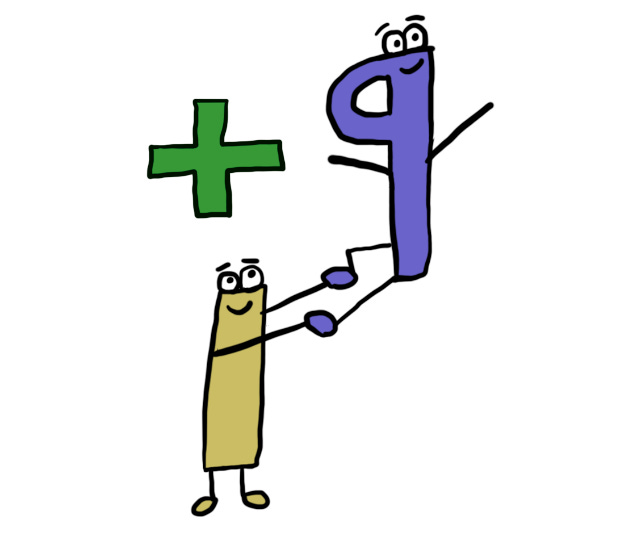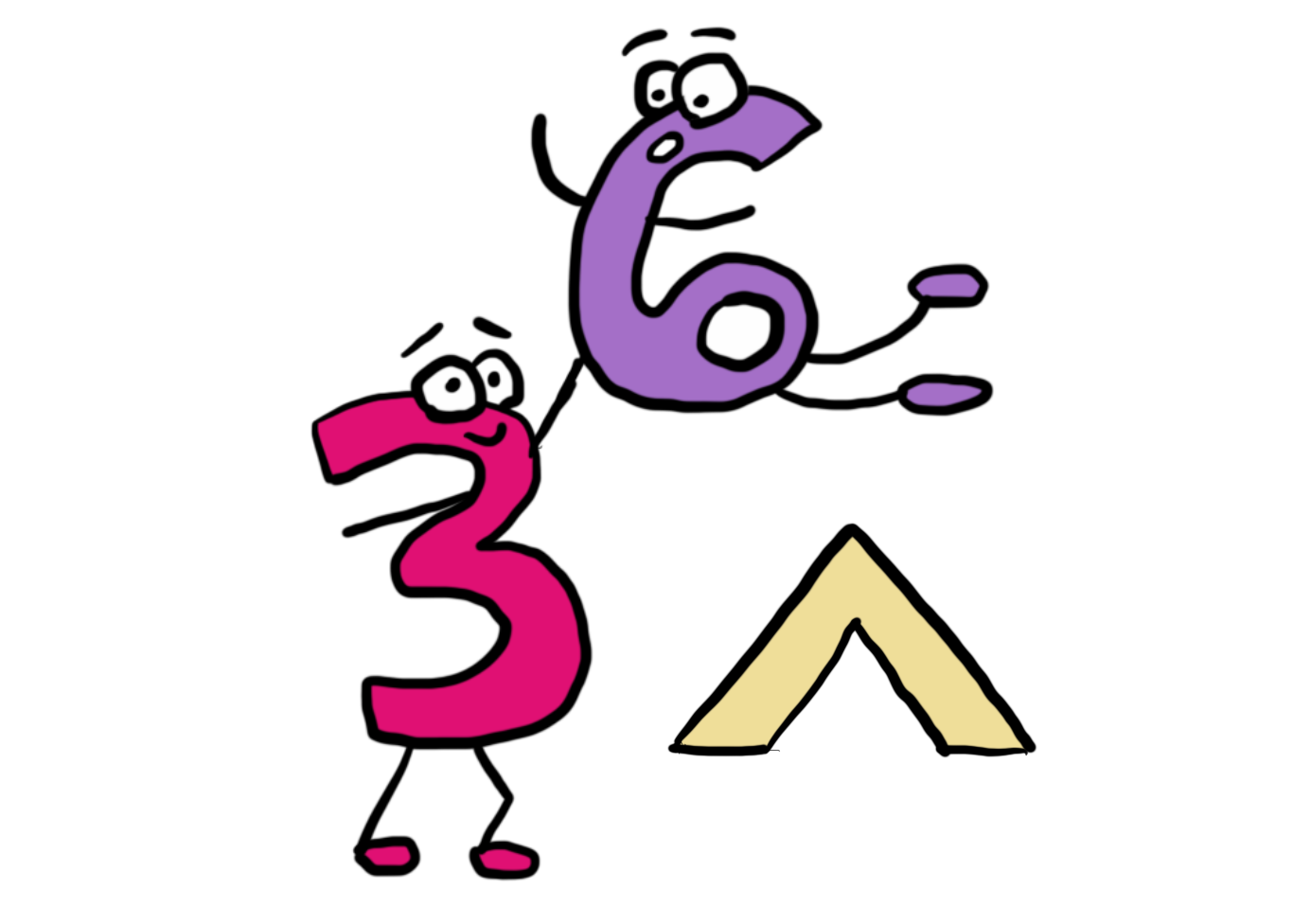23 December 2022
Social Arithmetic
Any good novel or film illustrates that people “contain multitudes” and aren’t reducible to numbers. From a humanist perspective, this belief is sound. But from a practical standpoint, sometimes we should call a spade a spade.
People as Values
There’s something pure about basic math—numbers have a universality that transcends culture, and arithmetic equations are deterministic, a quality increasingly scarce in our probabilistic world. So, let’s apply a math metaphor to the squishy domain of human relationships.
Imagine if we scored people with a utility value between one and nine. One would be a low-utility person, and nine would be a high-utility person.

Lastly, a person’s value is temporal—they could be a two today and a six after some training.
Relationships as Operators
Once we assign people temporal, context-specific values, we can craft relationships. Consider the operators of arithmetic as primary archetypes.
Addition
Many relationships follow this basic positive dynamic, where a joint effort leads to more than either party could achieve independently—such as 5 + 5 = 10. Most teams work like this, even when the benefit is lopsided. In a 1 + 9 = 10 relationship, One receives more relative value than Nine, but all parties still win. For simple tasks like scrubbing floors or performing data entry, more people—regardless of their difference in ability—yield a net-positive outcome for all.
Conversely, a joint effort can lead to worse outcomes than a single person alone. With a mismanaged team or poor communication, people can undo each other’s work. Consider a small toy-making business at the North Pole: Employee Five wraps toys, and Employee Four performs QA testing. If Five wraps a toy before testing, Four has to unwrap it before completing QA, effectively undoing Five’s work: 5 – 4 = 1.

7 – 2 = 5.
Multiplication
In the best scenario, diverse backgrounds and skills merge to create something beyond the realm of possibility for one party alone. For instance: an intrepid salesperson, Nine, pairs up with a tech nerd, Seven, to launch a lucrative app: 9 * 7 = 63. Even lopsided relationships can receive higher returns than either party could achieve independently: 9 * 2 = 18.
When mismatched, otherwise high-performing teams can lead to substantial adverse outcomes. Consider two brilliant but opinionated designers, Eight and Ocho, who don’t see eye-to-eye. Their misalignment could waste more energy with argument than collaboration: 8 / 8 = 1.
Once in a blue moon, an idyllic relationship can result in exponential outcomes. Two ordinary people come together in perfect synchrony—a business partnership, a creative endeavor, or a marriage—and build something remarkable: 3 ^ 6 = 729.
We maintain dozens of relationships, so thinking about these values and operators can help navigate them. Of course, many relationships are more complex than simple two-party equations and might look something like this:
(((3 + 4) * 7) / 5) - (8 + 1) = 0.8
Let’s imagine this formula depicts your team’s working dynamics. Each number represents a person in the company, and the operators describe the processes by which you interact.
With six people involved, it’s hard to understand why the team’s output is zero. If you added the numbers together, you’d get close to thirty.
3 + 4 + 7 + 5 + 8 + 1 = 28
Remember: The world is malleable. If unsatisfied with your equation, you can always tweak the formula.
1. Improve Yourself
If you’re the Three and have a positive relationship with your coworker (Four), see if you can take training to improve your skills. You might become twice as effective and become a six.
(((6 + 4) * 7) / 5) - (8 + 1) = 5
Without involving others or changing the process, your self-improvement work quintupled the team’s output! But you’re still unhappy. The team’s initial performance was abysmal, and the existing structure still diminishes your contribution.
2. Understand Relationship Dynamics
Look at the social equation to find the most significant barrier to success. Start with the slowest hiker: which subtraction and division operators are hindering you most? You might find that the biggest bottleneck in this example is the review process.
Even with your coding class, your coworker’s additions, and your boss’s sevenfold multiplying effect, all progress is hindered by your divisive relationship with the compliance team.
3. Propose a New Dynamic
You realize that the Five’s divisive behavior comes from conflicting priorities. When you talk with them, you recognize that you don’t consider their concerns about legal risk when starting new projects. Ergo, they scrutinize each feature and default to rejecting your proposals.
Suppose you could include their feedback earlier in the process. A pinch of proactiveness could transform the relationship from division to addition—leveraging their legal insights to make a product more scalable to industries with tighter regulations.
(((6 + 4) * 7) + 5) - (8 + 1) = 66
4. Optimize
Once your team delivers more than the sum of its parts, seek optimization. For instance, you find that Eight and One don’t have sufficient training to properly sell the product you’ve developed—which subtracts from the overall value you could deliver. After a training session and supplying the appropriate documentation, the sales team multiplies the value you’ve created.
(((6 + 4) * 7) + 5) * (8 + 1) = 675
Reframing a relationship from negative to positive can yield the highest value.



